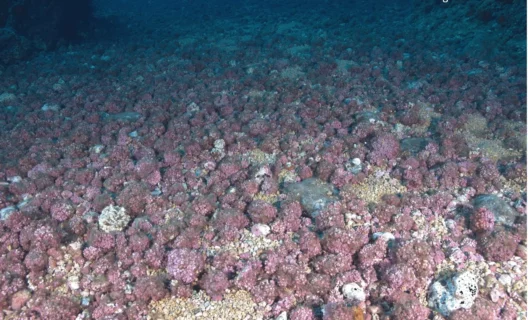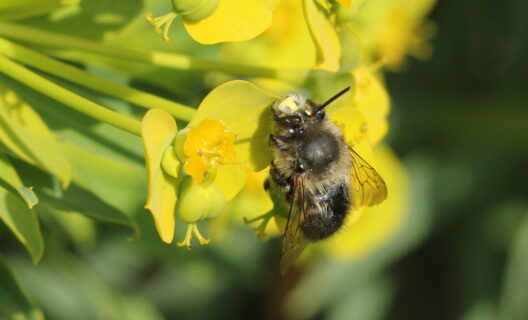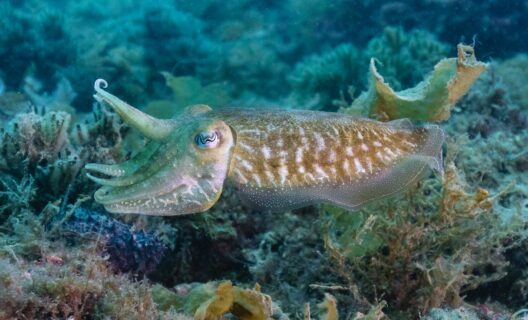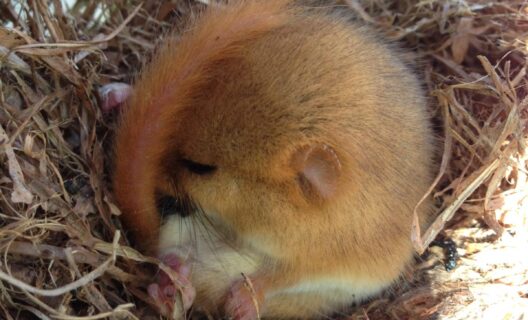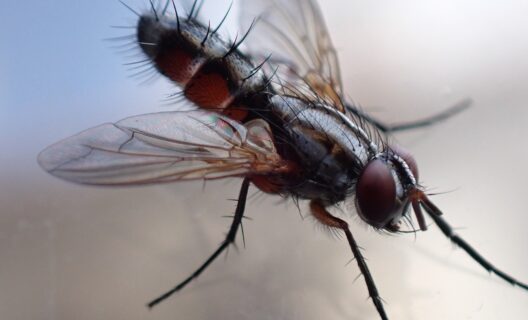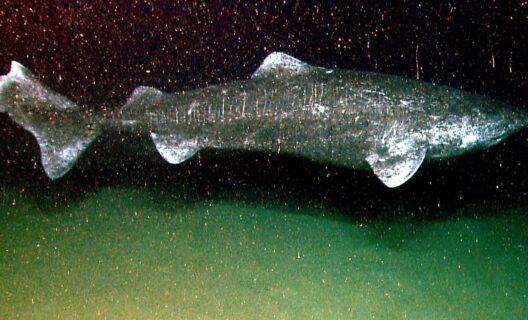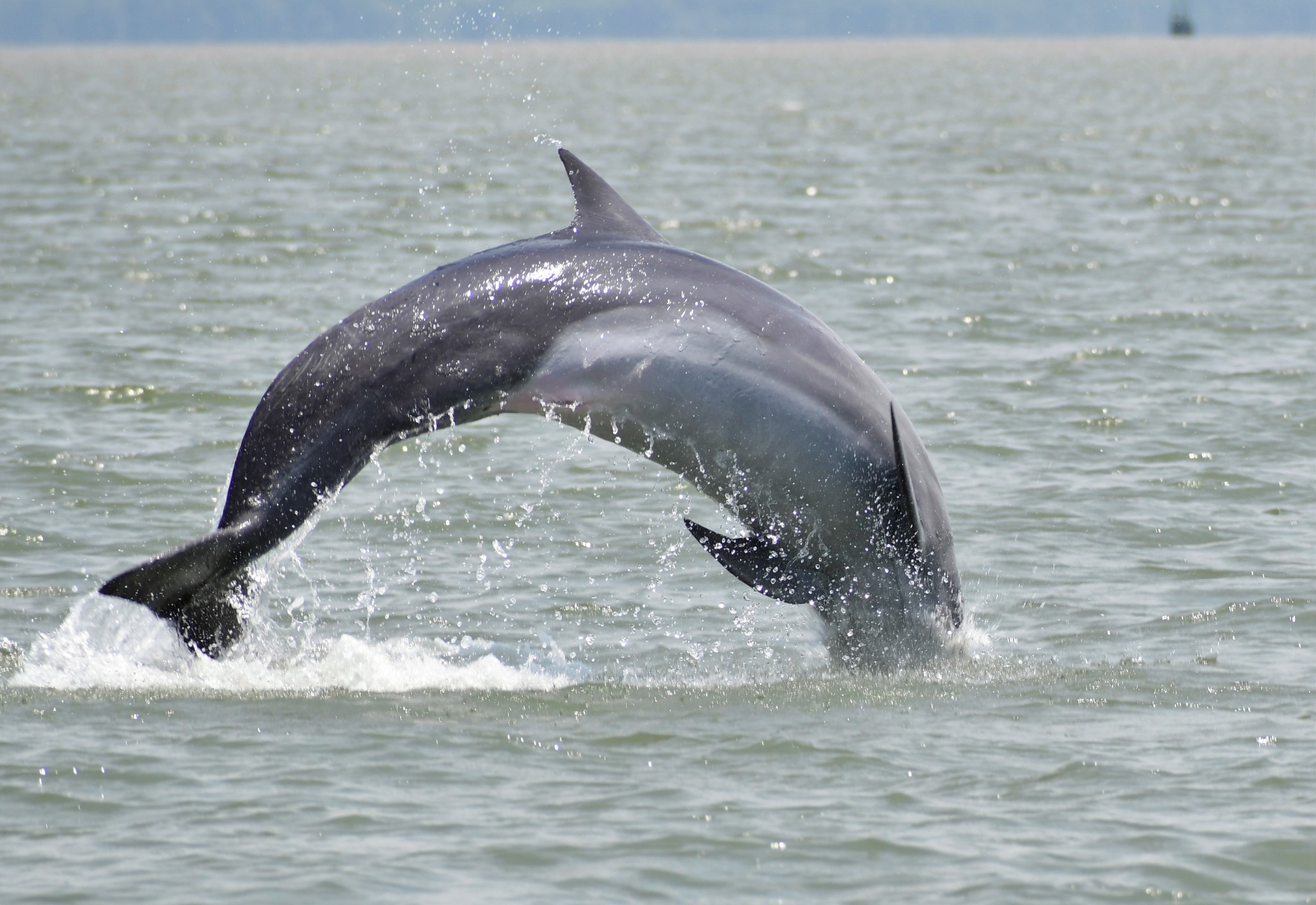

Reading time
0 min
The open mouth is for communicating good intentions and responding to playmates
In playful interactions, the open-mouthed facial expression of bottlenose dolphins(Tursiops truncatus) corresponds to laughter. This is the finding of research in which the universities of Pisa and Turin participated, conducted using an observational approach on captive specimens.
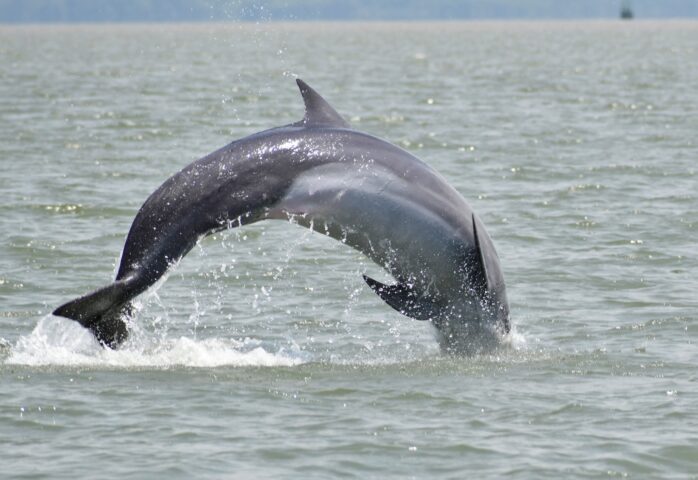
""
The study involved 22 subjects housed in two different facilities, Zoomarine in Rome and Planète Sauvage in Port-Saint-Père, France. For three months in Italy (September-November 2020), and for two months in France (August-September 2023), researchers recorded the dolphins’ playful interactions using video cameras placed underwater.
""
Game types
There were three categories of play considered: solitary play (with jumping, pirouettes, flipper strokes on the water surface, manipulation of objects in the tank); interspecific social play, i.e., between human and dolphin (playing hide-and-seek, offering or throwing objects, splashing water at trainers); and intraspecific social play, i.e., between dolphins (with chases and escapes, playful biting, tail flicks, belly-up or rubbing of pectoral and caudal fins).
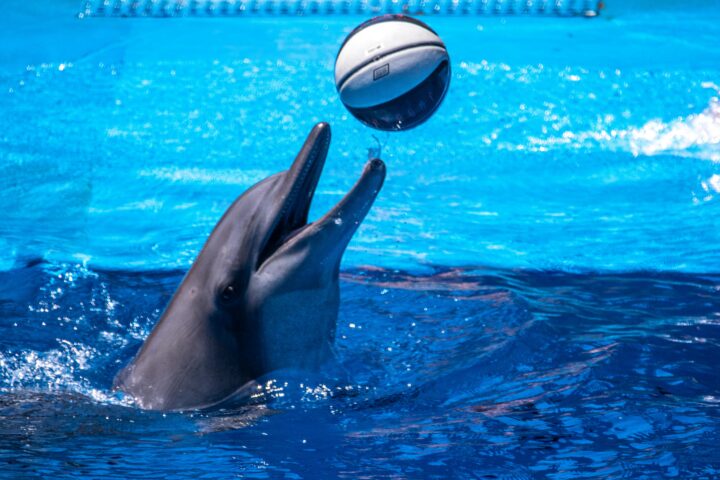
""
An open-mouthed laugh
The main focus of the study was the analysis of mouth opening during these different activities. According to the scientists, opening the mouth is a specific signal that communicates one’s playful intentions: by clarifying its intentions, the dolphin declares to its play partner, who understands it, that chases, bites, and tail strikes are to be understood in the playful context, and not as actual attacks.
“The open mouth gesture probably evolved from the action of biting, interrupting the bite sequence to leave only the intention to bite without contact,” explains Professor Elisabetta Palagi of the Ateno Pisano, coordinator of the research team. “The relaxed open mouth, which is seen in mammals from carnivores to primates, including humans, is a universal sign of playfulness, which helps players prevent a fighting game from escalating into conflict.”
The scholars also found that a bottlenose dolphin responds to the laughter of its mates: if a specimen sees that a playmate playfully opens its mouth, it shows “rapid facial expressions,” that is, a mirror response within a second of perceiving the stimulus. In other words, it shows empathy and understanding of its interlocutor’s emotional state.
The journey goes on
Every story paves the way for the next: discover where biodiversity takes you


